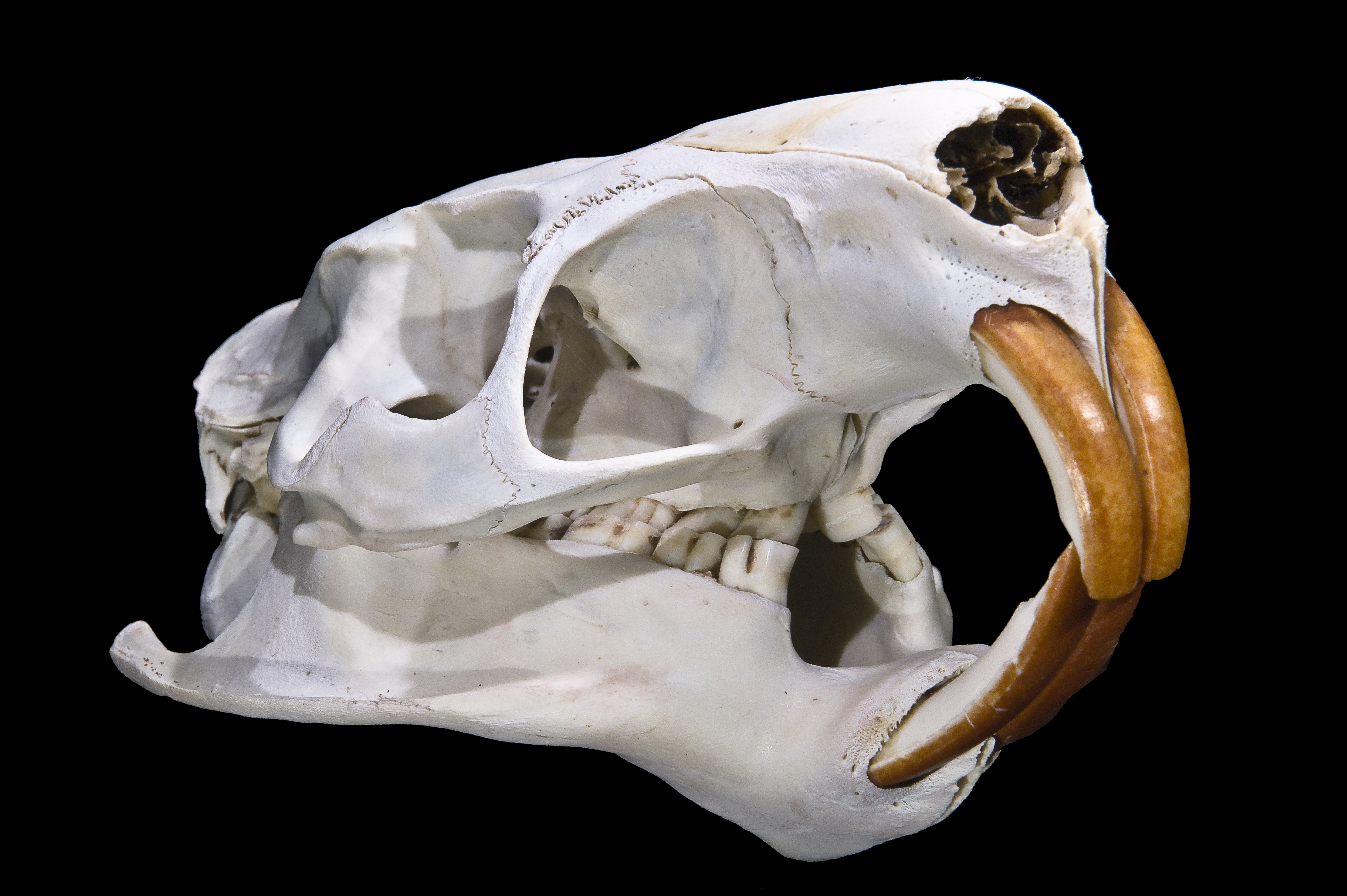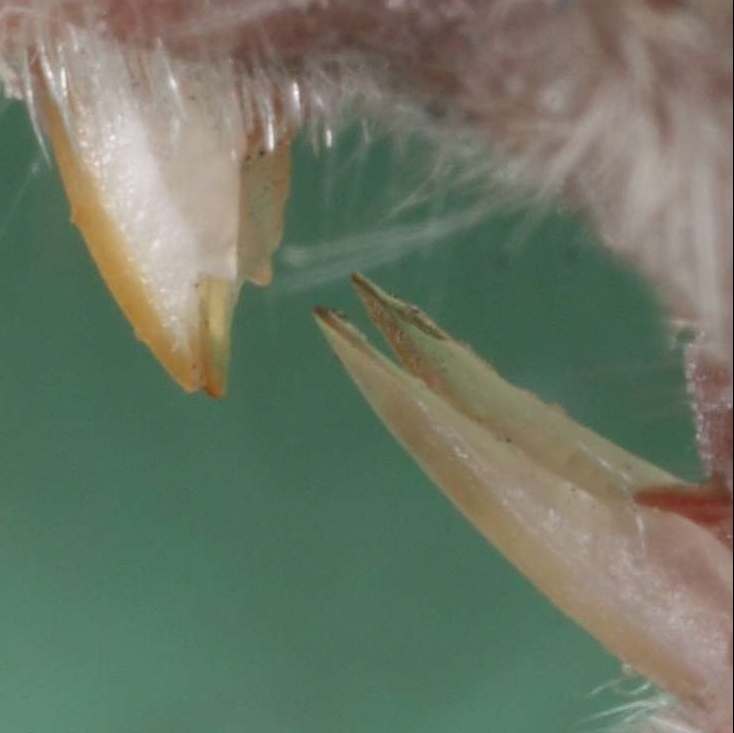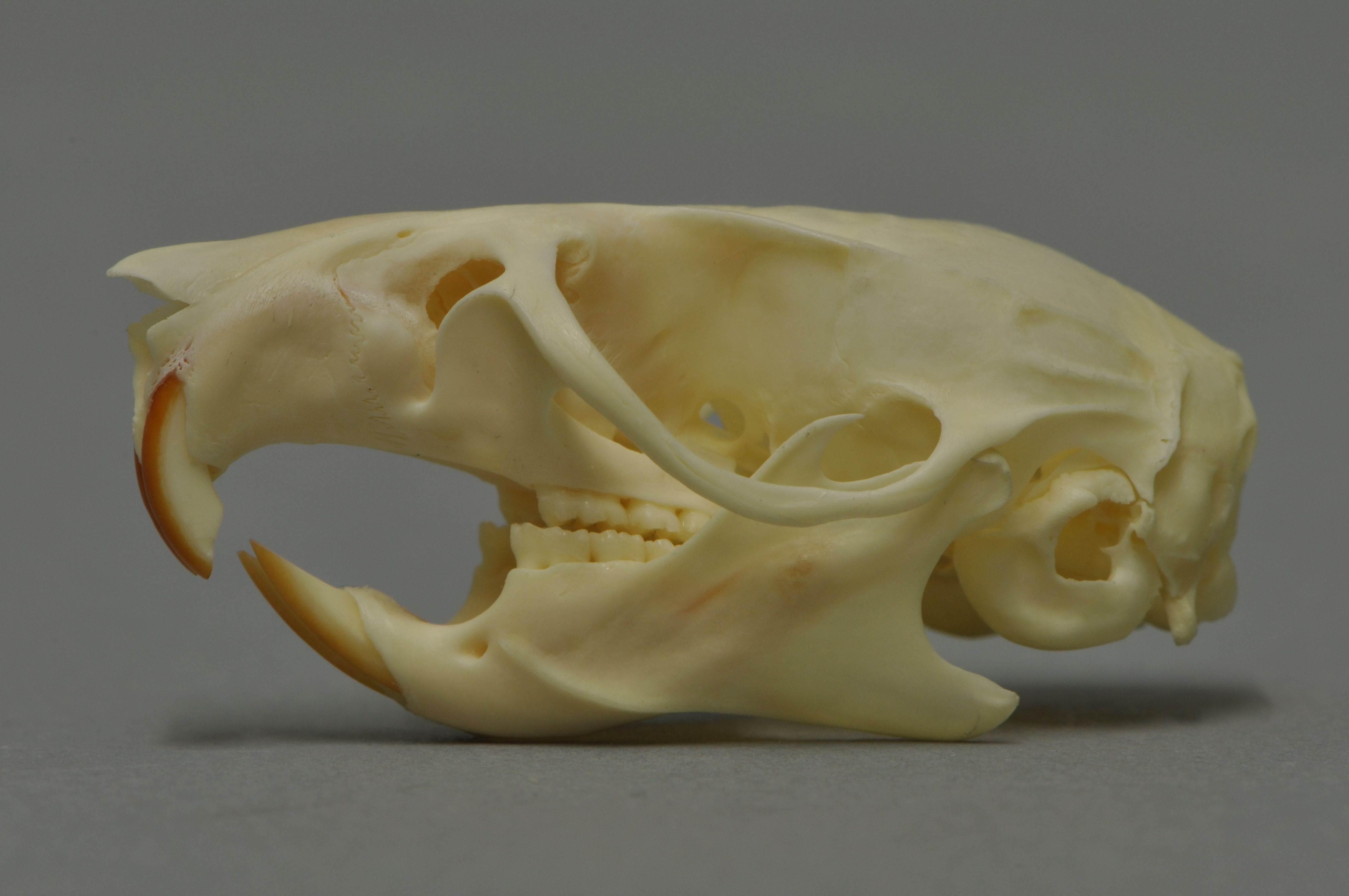|
Brown Rat
The brown rat (''Rattus norvegicus''), also known as the common rat, street rat, sewer rat, wharf rat, Hanover rat, Norway rat, Norwegian rat and Parisian rat, is a widespread species of common rat. One of the largest muroids, it is a brown or grey rodent with a head and body length of up to long, and a tail slightly shorter than that. It weighs between . Thought to have originated in northern China and neighbouring areas, this rodent has now spread to all continents except Antarctica, and is the dominant rat in Europe and much of North America. With rare exceptions, the brown rat lives wherever humans live, particularly in urban areas. Selective breeding of the brown rat has produced the fancy rat (rats kept as pets), as well as the laboratory rat (rats used as model organisms in biological research). Both fancy rats and laboratory rats are of the domesticated subspecies ''Rattus norvegicus domestica''. Studies of wild rats in New York City have shown that populations liv ... [...More Info...] [...Related Items...] OR: [Wikipedia] [Google] [Baidu] |
John Berkenhout
John Berkenhout (8 July 1726 – 3 April 1791) was an English physician, naturalist and miscellaneous writer. He was educated as a physician at Edinburgh and Leyden. While at Edinburgh he published a botanical lexicon ''Clavis Anglicae Linguae Botanicae''. He published several works on natural history, including ''Outlines of the Natural History of Great Britain and Ireland'' (1769) and ''Synopsis of the Natural History of Great Britain and Ireland'' (1789). He served as a British agent in the colonies during the American Revolution. Life Berkenhout was born about 1730 at Leeds, the son of John Berkenhout Snr, a Dutch merchant who had settled in Yorkshire, and Anne Kitchingman. He was educated at Leeds Grammar School. His father intended him for a commercial career, and sent him to Germany to study languages. After spending some years in Germany he accompanied some English noblemen on a tour through Europe. On returning to Berlin he stayed with his father's relative Baron de ... [...More Info...] [...Related Items...] OR: [Wikipedia] [Google] [Baidu] |
Lemming
A lemming is a small rodent, usually found in or near the Arctic in tundra biomes. Lemmings form the subfamily Arvicolinae (also known as Microtinae) together with voles and muskrats, which form part of the superfamily Muroidea, which also includes rats, mice, hamsters, and gerbils. In popular culture, a longstanding myth holds that they exhibit herd mentality and jump off cliffs, committing mass suicide. Description and habitat Lemmings measure around in length and weigh around . Lemmings are quite rounded in shape, with brown and black, long, soft fur. They have a very short tail, a stubby, hairy snout, short legs, and small ears. They have a flattened claw on the first digit of their front feet, which helps them to dig in the snow. They are herbivorous, feeding mostly on mosses and grasses. They also forage through the snow surface to find berries, leaves, shoots, roots, bulbs, and lichens. Lemmings choose their preferred dietary vegetation disproportionately to its oc ... [...More Info...] [...Related Items...] OR: [Wikipedia] [Google] [Baidu] |
Visual Acuity
Visual acuity (VA) commonly refers to the clarity of vision, but technically rates an examinee's ability to recognize small details with precision. Visual acuity is dependent on optical and neural factors, i.e. (1) the sharpness of the retinal image within the eye, (2) the health and functioning of the retina, and (3) the sensitivity of the interpretative faculty of the brain. The most commonly referred visual acuity is the far acuity (e.g. 6/6 or 20/20 acuity), which describes the examinee's ability to recognize small details at a far distance, and is relevant to people with myopia; however, for people with hyperopia, the near acuity is used instead to describe the examinee's ability to recognize small details at a near distance. A common cause of low visual acuity is refractive error (ametropia), errors in how the light is refracted in the eyeball, and errors in how the retinal image is interpreted by the brain. The latter is the primary cause for low vision in people with a ... [...More Info...] [...Related Items...] OR: [Wikipedia] [Google] [Baidu] |
Heart Rate
Heart rate (or pulse rate) is the frequency of the heartbeat measured by the number of contractions (beats) of the heart per minute (bpm). The heart rate can vary according to the body's physical needs, including the need to absorb oxygen and excrete carbon dioxide, but is also modulated by numerous factors, including, but not limited to, genetics, physical fitness, stress or psychological status, diet, drugs, hormonal status, environment, and disease/illness as well as the interaction between and among these factors. It is usually equal or close to the pulse measured at any peripheral point. The American Heart Association states the normal resting adult human heart rate is 60–100 bpm. Tachycardia is a high heart rate, defined as above 100 bpm at rest. Bradycardia is a low heart rate, defined as below 60 bpm at rest. When a human sleeps, a heartbeat with rates around 40–50 bpm is common and is considered normal. When the heart is not beating in a regular pattern, this i ... [...More Info...] [...Related Items...] OR: [Wikipedia] [Google] [Baidu] |
Olfactory Sense
The sense of smell, or olfaction, is the special sense through which smells (or odors) are perceived. The sense of smell has many functions, including detecting desirable foods, hazards, and pheromones, and plays a role in taste. In humans, it occurs when an odor binds to a receptor within the nasal cavity, transmitting a signal through the olfactory system. Glomeruli aggregate signals from these receptors and transmit them to the olfactory bulb, where the sensory input will start to interact with parts of the brain responsible for smell identification, memory, and emotion. There are many different causes for alteration, lack, or disturbance to a normal sense of smell, and can include damage to the nose or smell receptors, or central problems affecting the brain. Some causes include upper respiratory infections, traumatic brain injury, and neurodegenerative disease. History of study Early scientific study of the sense of smell includes the extensive doctoral dissert ... [...More Info...] [...Related Items...] OR: [Wikipedia] [Google] [Baidu] |
Ultrasound
Ultrasound is sound waves with frequencies higher than the upper audible limit of human hearing. Ultrasound is not different from "normal" (audible) sound in its physical properties, except that humans cannot hear it. This limit varies from person to person and is approximately 20 kilohertz (20,000 hertz) in healthy young adults. Ultrasound devices operate with frequencies from 20 kHz up to several gigahertz. Ultrasound is used in many different fields. Ultrasonic devices are used to detect objects and measure distances. Ultrasound imaging or sonography is often used in medicine. In the nondestructive testing of products and structures, ultrasound is used to detect invisible flaws. Industrially, ultrasound is used for cleaning, mixing, and accelerating chemical processes. Animals such as bats and porpoises use ultrasound for locating prey and obstacles. History Acoustics, the science of sound, starts as far back as Pythagoras in the 6th century BC, who wrote on ... [...More Info...] [...Related Items...] OR: [Wikipedia] [Google] [Baidu] |
Hearing (sense)
Hearing, or auditory perception, is the ability to perceive sounds through an organ, such as an ear, by detecting vibrations as periodic changes in the pressure of a surrounding medium. The academic field concerned with hearing is auditory science. Sound may be heard through solid, liquid, or gaseous matter. It is one of the traditional five senses. Partial or total inability to hear is called hearing loss. In humans and other vertebrates, hearing is performed primarily by the auditory system: mechanical waves, known as vibrations, are detected by the ear and transduced into nerve impulses that are perceived by the brain (primarily in the temporal lobe). Like touch, audition requires sensitivity to the movement of molecules in the world outside the organism. Both hearing and touch are types of mechanosensation. Hearing mechanism There are three main components of the human auditory system: the outer ear, the middle ear, and the inner ear. Outer ear The outer ... [...More Info...] [...Related Items...] OR: [Wikipedia] [Google] [Baidu] |
Muskrat
The muskrat (''Ondatra zibethicus'') is a medium-sized semiaquatic rodent native to North America and an introduced species in parts of Europe, Asia, and South America. The muskrat is found in wetlands over a wide range of climates and habitats. It has important effects on the ecology of wetlands, and is a resource of food and fur for humans. Adult muskrats weigh , with a body length of . They are covered with short, thick fur of medium to dark brown color. Their long tails, covered with scales rather than hair, are their main means of propulsion. Muskrats spend most of their time in the water and can swim under water for 12 to 17 minutes. They live in families, consisting of a male and female pair and their young. To protect themselves from the cold and from predators, they build nests that are often burrowed into the bank with an underwater entrance. Muskrats feed mostly on cattail and other aquatic vegetation but also eat small animals. ''Ondatra zibethicus'' is the only ... [...More Info...] [...Related Items...] OR: [Wikipedia] [Google] [Baidu] |
Coypu
The nutria (''Myocastor coypus''), also known as the coypu, is a large, herbivorous, semiaquatic rodent. Classified for a long time as the only member of the family Myocastoridae, ''Myocastor'' is now included within Echimyidae, the family of the spiny rats. The nutria lives in burrows alongside stretches of water, and feeds on river plant stems. Originally native to subtropical and temperate South America, it has since been introduced to North America, Europe, Asia, and Africa, primarily by fur farmers. Although it is still hunted and trapped for its fur in some regions, its destructive burrowing and feeding habits often bring it into conflict with humans, and it is considered an invasive species. Nutria also transmit various diseases to humans and animals mainly through water contamination. Etymology The genus name ''Myocastor'' derives from the two Ancient Greek words (), meaning "rat, mouse", and (), meaning "beaver". Literally, therefore, the name ''Myocastor'' mean ... [...More Info...] [...Related Items...] OR: [Wikipedia] [Google] [Baidu] |
The Mammal Society
The Mammal Society is a British charity devoted to the research and conservation of British mammals. The Mammal Society was formed in 1954, and the inaugural spring conference took place the following year at The University of Exeter. The Mammal Society has a membership of around 2000 mammalogists, ecologists, conservationists, both experts and enthusiasts, all working to develop greater understanding of mammals and the conservation challenges they face. The Society runs national surveys for mammals, for example Mini Mammal Monitoring. The Mammal Society is also working to address the problem that mammals in the British Isles are severely under-recorded, resulting in a lack of mammal conservation progress. The Mammal Society is determined to overcome this by creating a National Mammal Atlas to provide vital information on mammal distribution and abundance so that informed conservation decisions can be made for species in need. In order to achieve this they are collating nationa ... [...More Info...] [...Related Items...] OR: [Wikipedia] [Google] [Baidu] |
House Mouse
The house mouse (''Mus musculus'') is a small mammal of the order Rodentia, characteristically having a pointed snout, large rounded ears, and a long and almost hairless tail. It is one of the most abundant species of the genus ''Mus''. Although a wild animal, the house mouse has benefited significantly from associating with human habitation to the point that truly wild populations are significantly less common than the semi-tame populations near human activity. The house mouse has been domesticated as the pet or fancy mouse, and as the laboratory mouse, which is one of the most important model organisms in biology and medicine. The complete mouse reference genome was sequenced in 2002. Characteristics House mice have an adult body length (nose to base of tail) of and a tail length of . The weight is typically . In the wild they vary in color from grey and light brown to black (individual hairs are actually agouti coloured), but domesticated fancy mice and laboratory m ... [...More Info...] [...Related Items...] OR: [Wikipedia] [Google] [Baidu] |
Black Rat
The black rat (''Rattus rattus''), also known as the roof rat, ship rat, or house rat, is a common long-tailed rodent of the stereotypical rat genus ''Rattus'', in the subfamily Murinae. It likely originated in the Indian subcontinent, but is now found worldwide. The black rat is black to light brown in colour with a lighter underside. It is a generalist omnivore and a serious pest to farmers because it feeds on a wide range of agricultural crops. It is sometimes kept as a pet. In parts of India, it is considered sacred and respected in the Karni Mata Temple in Deshnoke. Taxonomy ''Mus rattus'' was the scientific name proposed by Carl Linnaeus in 1758 for the black rat. Three subspecies were once recognized, but today are considered invalid and are now known to be actually color morphs: *''Rattus rattus rattus'' – roof rat *''Rattus rattus alexandrinus'' – Alexandrine rat *''Rattus rattus frugivorus'' – fruit rat Characteristics A typical adult black rat is long ... [...More Info...] [...Related Items...] OR: [Wikipedia] [Google] [Baidu] |






